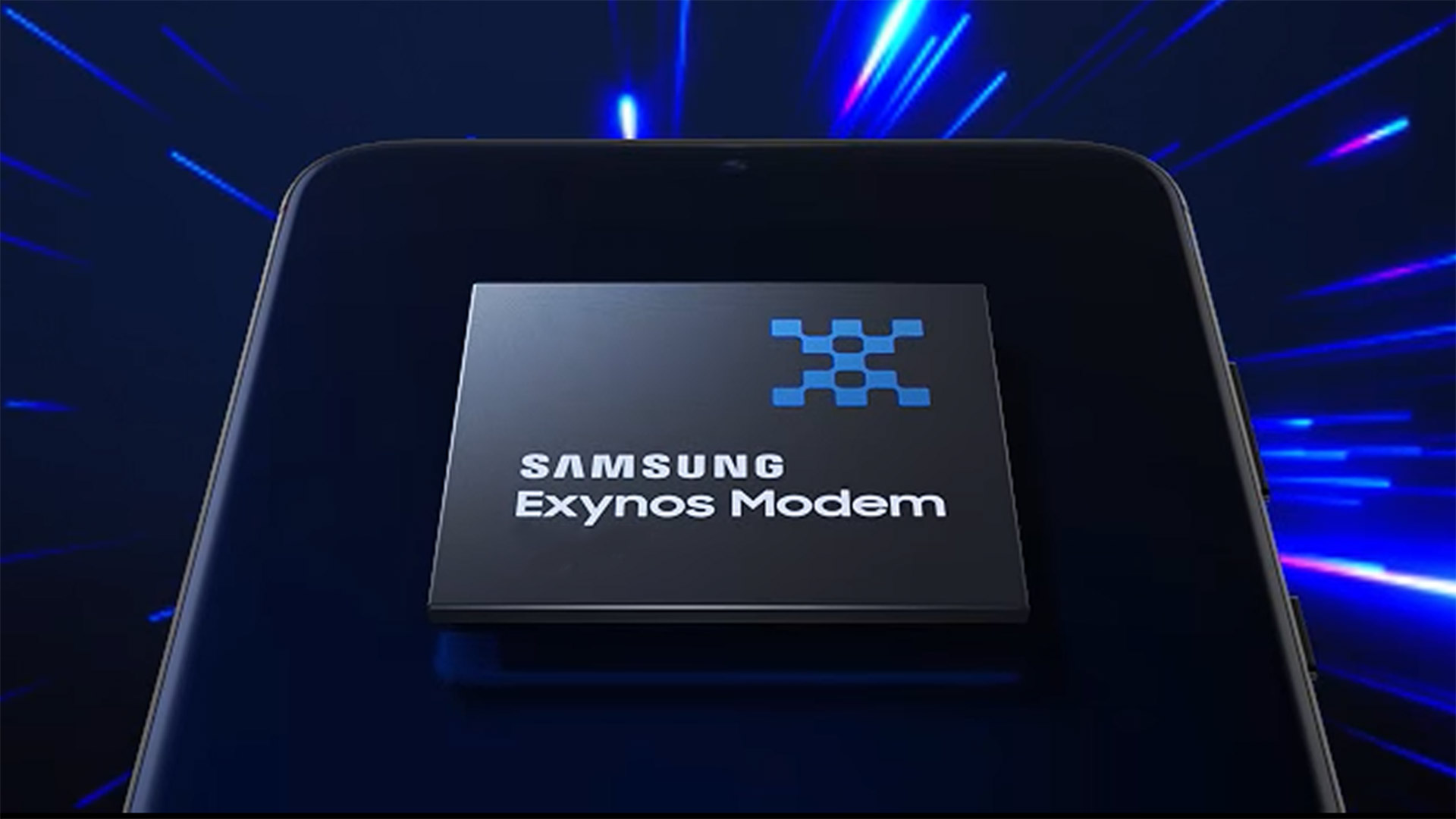Elon Musk's Starlink reportedly tasks Samsung to build AI-powered modem — space-based 6G service could revolutionize satellite-to-device connectivity
The modem’s NPU will be used to ‘predict satellite trajectories and optimize signal links in real time,’ it is claimed.

Samsung is developing an AI-boosted modem chip to enable Earthbound devices to connect directly with Elon Musk’s Starlink service, according to insider sources talking to the Korean Economic Daily (KED).
Currently, connections between SpaceX’s Starlink hardware and tech on planet Earth are routed via a base station infrastructure. However, the insiders suggest that a Samsung modem with a built-in AI-accelerating NPU could revolutionize direct satellite-to-device connectivity.
The key innovation here will be that devices packing the new chip will be able to “predict satellite trajectories and optimize signal links in real time.” If it all plays out as expected, this innovation could upend the world’s telecoms architecture and enable Musk’s Starlink 6G non-terrestrial network (NTN) ambitions to be realized.
As recently as last month, SpaceX bought 50 MHz of wireless spectrum and global mobile satellite service (MSS) frequencies to facilitate a 6G NTN service. This was a considerable investment, reportedly worth $17 billion.
New Exynos NPU up to 55x faster at optimizing satellite connections
A presentation purportedly shared by Samsung execs on Thursday showed that the new Exynos modem can improve beam identification and channel prediction performance “by 55 and 42 times, respectively,” compared with current models, writes the Korean source publication. Obviously, this is enough to enable the real-time tuning capabilities that such modems currently struggle with.
Among the struggling current-gen modems might be those from Samsung’s Exynos Mobile 5000 series, which are currently advertised as being ready, “once NR NTN becomes commercialized.”
Such long-range real-time tuning sounds like quite an energy-intensive processing task. Thus, it will be interesting to see how the first 6G NTN smartphones, for example, fare when connected using this tech. Other potential use-cases of the first-gen 6G NTN modem include applications like automotive and robotics, where extreme power efficiency isn’t quite as crucial.
Get Tom's Hardware's best news and in-depth reviews, straight to your inbox.
The KED also says that industry analysts have signaled this yet-another-Musk-collaboration shows Samsung’s semiconductor operations are serious about extending their reach beyond smartphones and memory. Previous evidence of this thrust is the joint sourcing of Tesla’s new A15 chip from TSMC and Samsung.
With so much negativity surrounding artificial intelligence nowadays, it is good to see another serious, compelling use case for AI here. But ultimately, perhaps much of the 6G bandwidth will be used to stream AI-slop cat videos and similar.

Follow Tom's Hardware on Google News, or add us as a preferred source, to get our latest news, analysis, & reviews in your feeds.

Mark Tyson is a news editor at Tom's Hardware. He enjoys covering the full breadth of PC tech; from business and semiconductor design to products approaching the edge of reason.